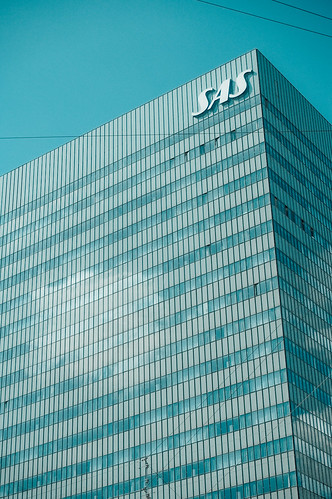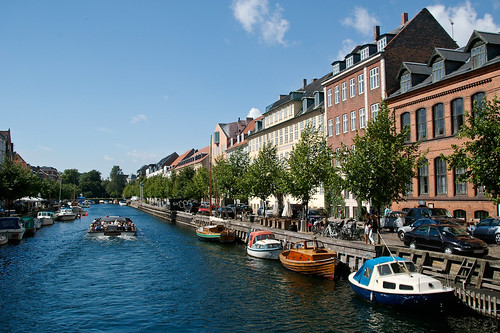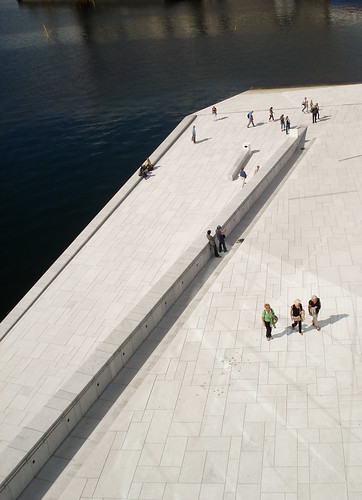
It took all of 9 hours and a couple of hundred pages of Hari Kunzru's 'The Impressionist' (a story about the journey from India to Britain of a young Indian Boy who never settles down and never fits in to find his origins) to take a 45 minute flight to get to Berlin. The city which I have been most excited to return to for many years having lived there for a few months in 2002 and the arrival process was drawn out for so long that by the time I made it to Johanna's apartment in Wedding at 4am after being on buses, trains, a plane and a taxi I was too exhausted to enjoy the wonderful feeling of electricity that exists in Berlin. And it felt all wrong. A restless night sleep.
Berlin is my favorite city in the world. It has been for a long time and remains so. It combines all the things I love about cities, people, culture and history and remains inexpensive enough to be thoroughly enjoyed. An enormous slightly damaged, not so long ago well and truly broken, expression of the last few hundred years that despite the overwhelming scale, inexhaustibly massive, and intensity of it's existence still creates a feeling of intimacy and amicability which makes it such a pleasure to live in. Full of contradictions, epic streets and architecture and hidden spaces within which wonderful people create homely, personal and exquisite apartments, bars, the best parties, restaurants, parks and galleries. And I love it dearly, it showed me the most amazing things for many months, and for a long time I felt more alive, and more comfortable, in Berlin than anywhere else I had been.
I had returned to Berlin to see if it was where I wanted to move back to and stay. It was a question which had been on my mind for a number of years and despite being a little distracted the excitement of the city was inescapable. My first stop was my favorite cafe on Kastanienallee in Prenzlauer Berg for some fruhstuck and a milchkaffee to sit in the sun and let the memories come, and they came and I remembered not only what passed all those years ago but as Berlin has an inexplicable habit of doing who I wanted to be and wondered about St Petersburg that is also a massive city but one I have never lived in or visited. How Berlin can fill you with feelings of wonder and excitement is beyond me but it makes one feel as if anything is possible and completely relaxed and calm at the same time, and always has.
After catching up with some friends whom I had not seen for many years I headed to the Neue Nationalgalerie designed by Mies van der Rohe in 1968 which I was excited to revisit and which I consider, unjustifiably, as one of the most perfect buildings in existence. Intensely simple and complex, contemporary and timeless, influential and controversial, functional and unusual simultaneously and most importantly profoundly still, as in tranquil, and an architecture that is quite possibly impossible to equal.
Added to the joy of being in this building again the current exhibition was a large retrospective of one of my favorite photographers, Hiroshi Sugimoto. It was the perfect setting for his work. A perfectly designed building filled with technically perfect photographs that are impossibly peaceful. The exhibition included Sugimoto's massive photographs of pine trees as well as the full series of photographs of different oceans which I did not know at the time where taken because he wanted to photograph something which we see today the same way as our ancestors saw it and liked this idea. A few hours later I left.
A lot happened in Berlin, as always, and I will not go on about it. Alexanderplatz, Friedrichstrasse, Unter der Linden, Tiergarten, Oranienburgerstrasse, Mitte, and so on and so on. The names are enough and the images and memories they evoke evidence of the importance of the city.




